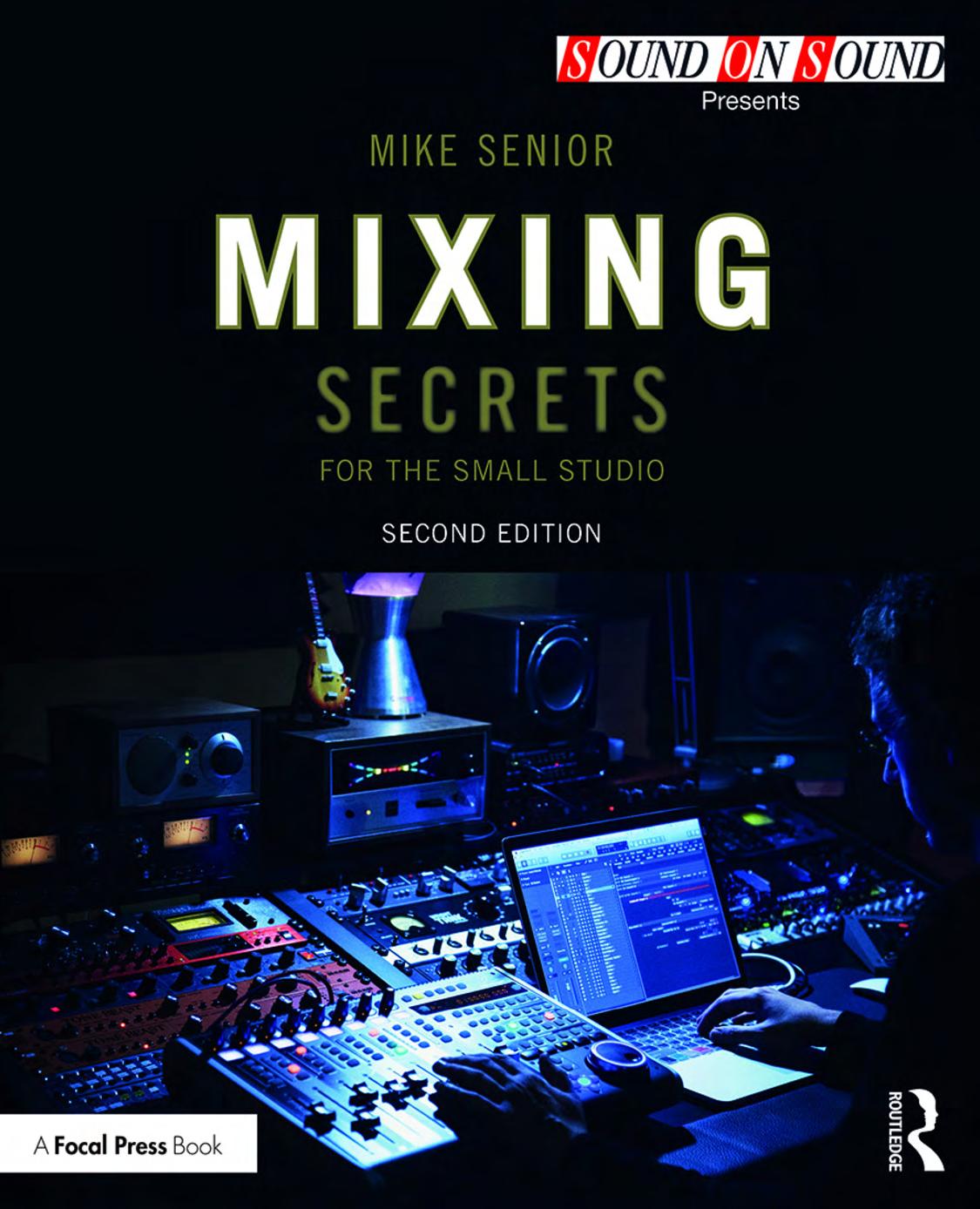Mixing Secrets for the Small Studio by Mike Senior

Author:Mike Senior [Mike Senior]
Language: eng
Format: epub, pdf
ISBN: 978-0-240-81581-7
Publisher: Elsevier Science
Published: 2011-06-15T16:00:00+00:00
Figure 10.2 Logic’s Envelope Shaper plug-in is an example of a threshold-dependent transient processor.
Look Mum, No Threshold Control!
Threshold-dependent transient enhancement has an important limitation, though: it only works on transients that are higher in level than the rest of the signal, so adjusting complex transient-rich tracks like acoustic guitar or piano can therefore be unrewarding, for example. For this reason, a dynamics processor that detects transients in a different way is typically a better bet for balancing them at mixdown. Whether a transient is loud or quiet, it will always by nature involve a rapidly rising signal level, so if a processor looks for this level change, it can detect transients more reliably without the need for any Threshold control. It’s then a comparatively simple matter to allow the user to boost (or indeed cut) each transient. (An extension of this idea is for the processor also to detect rapidly falling signal levels, so that you can adjust posttransient sustain levels in the same threshold-independent way.)
Lookahead and Latency
There are some times with dynamics processing when it’s nice to be able to predict the future. For example, if you’re using high-threshold gating on a percussive sound, even with a very fast attack time, you can lose some of the sound’s initial transient while the gate is still trying to open. To get around this problem, it’s handy to get the expander/gate to react slightly before the signal level exceeds the threshold, and some digital processors do provide this option in the form of a Lookahead control. This is usually calibrated in milliseconds, and you only normally need a few milliseconds of lookahead to deal with this kind of problem. Mastering-style limiters commonly have lookahead facilities too, so that they can handle signal peaks more smoothly. While lookahead is undoubtedly useful, however, there is one thing to be careful of: some plug-ins that offer the facility can throw a spanner in the works of your DAW’s plug-in delay compensation, so keep your ears open for comb-filtering problems if you’re processing in a parallel configuration.
Download
Mixing Secrets for the Small Studio by Mike Senior.pdf
This site does not store any files on its server. We only index and link to content provided by other sites. Please contact the content providers to delete copyright contents if any and email us, we'll remove relevant links or contents immediately.
| Anthropology | Archaeology |
| Philosophy | Politics & Government |
| Social Sciences | Sociology |
| Women's Studies |
The Secret History by Donna Tartt(18849)
The Social Justice Warrior Handbook by Lisa De Pasquale(12142)
Thirteen Reasons Why by Jay Asher(8796)
This Is How You Lose Her by Junot Diaz(6794)
Weapons of Math Destruction by Cathy O'Neil(6146)
Zero to One by Peter Thiel(5686)
Beartown by Fredrik Backman(5599)
The Myth of the Strong Leader by Archie Brown(5425)
The Fire Next Time by James Baldwin(5249)
How Democracies Die by Steven Levitsky & Daniel Ziblatt(5128)
Promise Me, Dad by Joe Biden(5087)
Stone's Rules by Roger Stone(5026)
A Higher Loyalty: Truth, Lies, and Leadership by James Comey(4845)
100 Deadly Skills by Clint Emerson(4840)
Rise and Kill First by Ronen Bergman(4704)
Secrecy World by Jake Bernstein(4646)
The David Icke Guide to the Global Conspiracy (and how to end it) by David Icke(4625)
The Farm by Tom Rob Smith(4437)
The Doomsday Machine by Daniel Ellsberg(4416)
